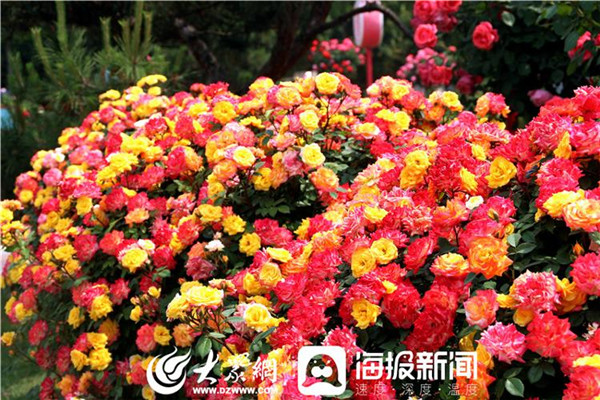Wang Yirong: discoverer of jiaguwen in China

A translation script of jiaguwen, or oracle-bone inscriptions. [Photo/WeChat account: yantaifabu]
Wang Yirong (1845-1900), a scholar and antiquarian born in Yantai, was the first person to discover and certify jiaguwen, which refers to inscriptions on animal bones and tortoise shells, in China.
Wang first noticed the inscriptions in 1899, and this discovery is said to have advanced the recorded history of Chinese civilization by more than 1,000 years. Before this incident, oracle bones were sold as a medicine called longgu, meaning dragon bones.
Wang bought more than 1,500 pieces of oracle bones to carry out research into the origins of the inscriptions.
He checked each character using a magnifying glass and compared them with those recorded in the ancient books Shiji and Zhouli. He eventually discovered that the inscriptions on the bones and shells were words dating back to the middle and late Shang Dynasty (c.16th century-11th century BC).
This discovery of jiaguwen laid a solid foundation for tracing the historical origins of Chinese civilization as well as the development of ancient writing, ancient scientific and technological history, ancient documentation, and the art of oracle-bone inscriptions calligraphy.
The 1,500 oracle bones he acquired are now stored in cities like Shanghai, Tianjin, and Beijing, and have attracted numerous foreign experts and scholars.
To date, 160,000 pieces of oracle bones have been discovered and more than 4,000 characters have been interpreted.

 Nishan Forum on World Civilizations
Nishan Forum on World Civilizations Explore magnificent Yellow River culture in Shandong
Explore magnificent Yellow River culture in Shandong

